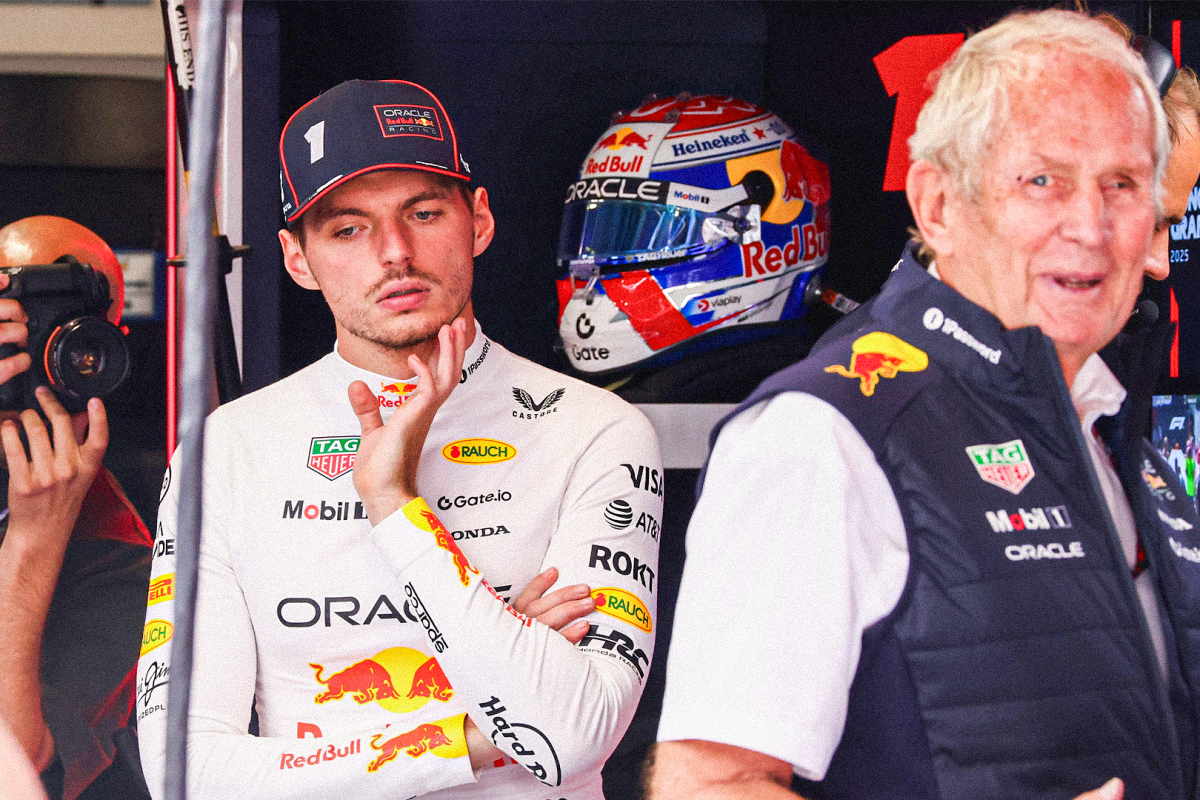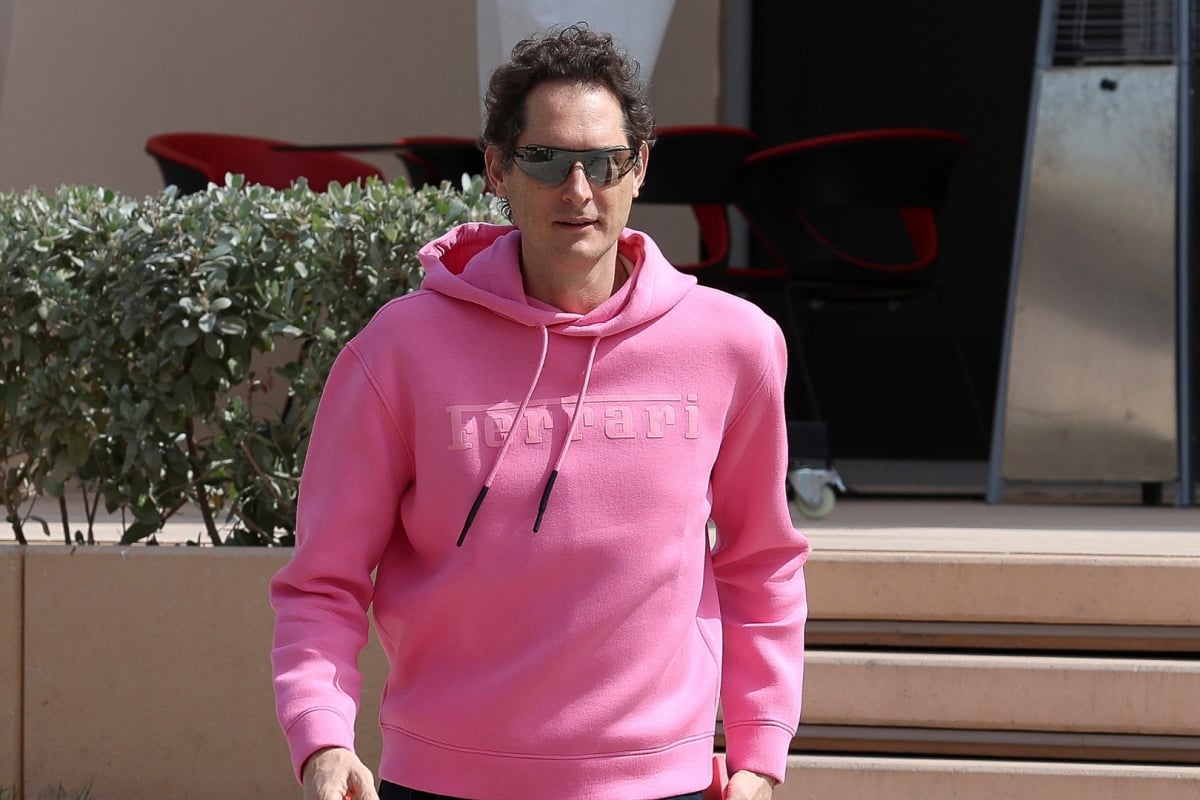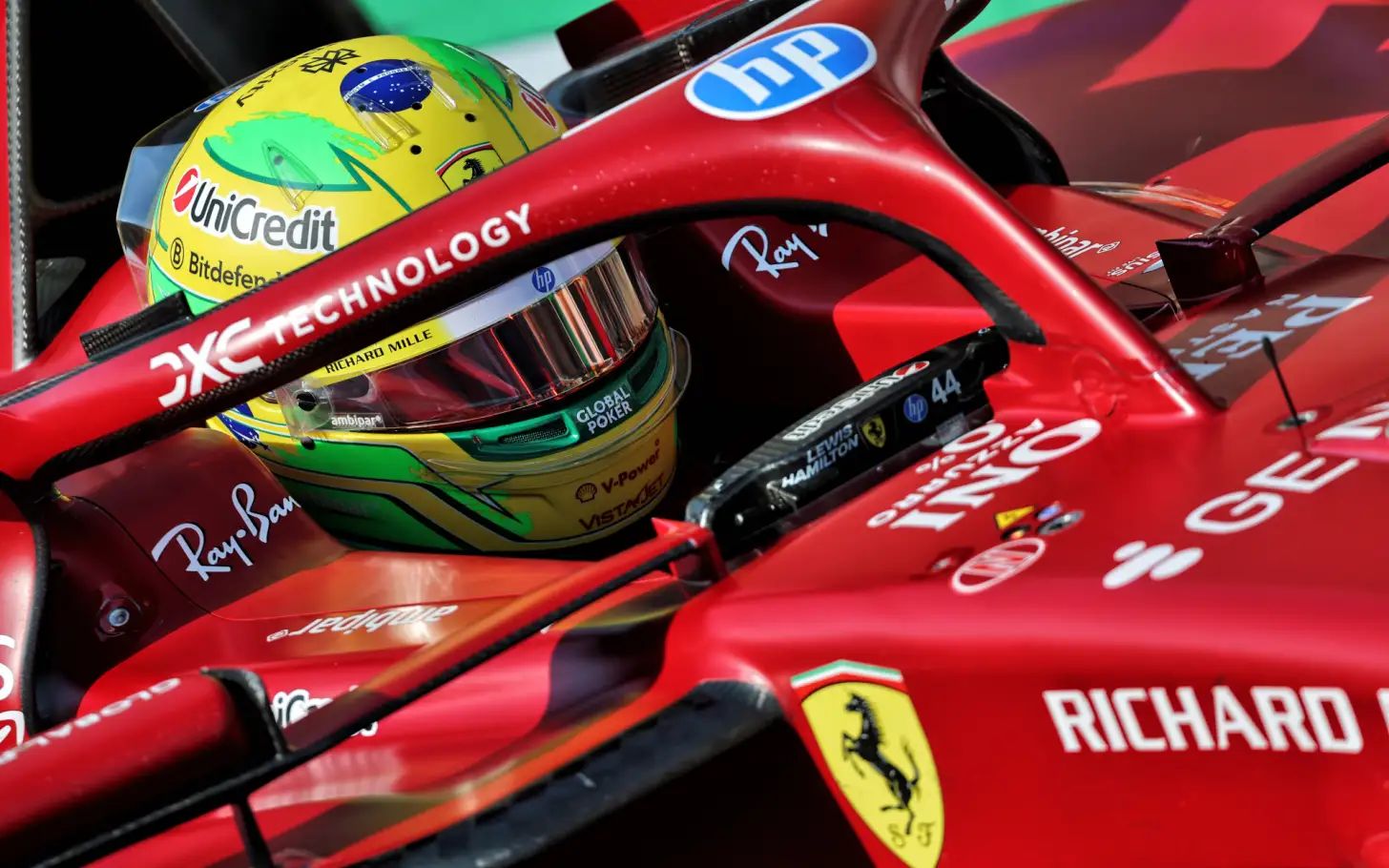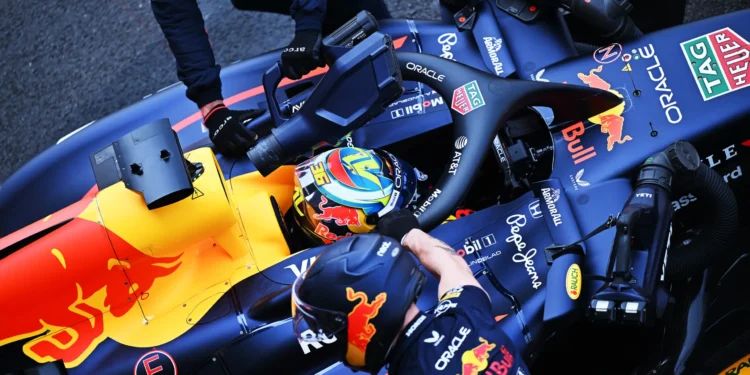McLaren Breathes a Sigh of Relief as Red Bull Decides Against Risking Max Verstappen’s Bold Gamble
The tension of Formula 1 strategy came alive once again at the São Paulo Grand Prix, where Red Bull Racing’s critical decision not to risk a daring tire gamble for Max Verstappen had a ripple effect across the paddock—especially for McLaren. Team principal Andrea Stella openly expressed his relief after Red Bull chose a more conservative approach, effectively sparing McLaren from a potentially exhausting on-track battle with the reigning world champion.
The drama began when Verstappen was forced to start from the pit lane due to an unfortunate puncture, a rare setback for the Dutch driver. From the opening laps, he displayed his characteristic tenacity, climbing back through the field with remarkable speed. Early in the race, Red Bull switched him from hard to medium tires—a move that hinted at an aggressive recovery plan. However, as tire wear and unpredictable degradation began to influence strategies, the spotlight turned to whether Red Bull would dare to keep Verstappen out longer to attempt an ambitious one-stop strategy.
That decision never came. On lap 34, Red Bull brought Verstappen in for his second pit stop, setting him up to fight for a podium finish rather than risking a late-race tire collapse. Later, they made a third and final stop, fitting Verstappen with soft tires to maximize his pace in the closing stages. The choice paid off, securing a well-earned podium position and, much to McLaren’s quiet satisfaction, avoiding a late-race showdown that could have easily tilted the balance of competition.
Andrea Stella admitted that Red Bull’s cautious call brought a measure of comfort. “First of all, I was hoping [Verstappen would pit] because it made our life a little bit easier,” he said, reflecting on the tense pit wall atmosphere. For McLaren, the relief stemmed from knowing that chasing Verstappen on worn tires could have spelled disaster. Tire degradation at Interlagos proved severe, and teams had to strike the perfect balance between aggression and preservation. Stella acknowledged that the race’s unpredictable nature made every call a gamble, and Red Bull’s restraint simplified McLaren’s path to a strong result.
How Red Bull’s Strategy Shaped the Race Outcome
Red Bull’s strategic precision once again demonstrated why they remain at the top of modern Formula 1. Starting from the pit lane due to mechanical issues after qualifying, Verstappen’s race was always going to hinge on perfect tactical execution. The team’s engineers faced a tough dilemma: push harder with fewer pit stops or play it safe to ensure consistent performance.
Verstappen’s charge through the field was a spectacle, showcasing his unparalleled pace and car control. “Staying on the point of Red Bull, they definitely took advantage of having new tyres,” Stella observed, recognizing how Verstappen’s successive fresh sets gave him a strong edge in overtaking and maintaining lap times. The decision to pit three times instead of stretching stints ultimately proved decisive—it protected Verstappen’s podium chances while sparing the car from excessive tire wear.
For McLaren, Red Bull’s decision not to roll the dice was a blessing. Had Verstappen stayed out longer, the likelihood of him emerging ahead after McLaren’s final stop was high. Stella and his strategists were acutely aware of this, and Red Bull’s conservative approach helped maintain competitive parity. In Formula 1, success often depends as much on reading your rival’s intentions as managing your own race—and in São Paulo, that tactical interplay was on full display.
The Qualifying Effect: How Saturday Shapes Sunday
Qualifying, as always, played a crucial role in shaping the weekend’s narrative. Verstappen’s poor Saturday performance—partly due to setup issues—meant starting from the pit lane, forcing Red Bull into a recovery-driven race plan. Stella noted, “Without the situation yesterday in qualifying, I think Verstappen would have been there for the victory.” That statement underscored how closely intertwined qualifying results and race strategies truly are.
A strong qualifying session can simplify race execution, allowing for a clear focus on managing pace and tire life. Conversely, a compromised start, as Verstappen endured, forces teams into reactive strategies that depend on overtaking, tire offsets, and timing. For McLaren, Verstappen’s lower starting position opened the door for opportunity—though Stella’s cautious optimism showed just how aware he was of Red Bull’s capacity to bounce back.
Verstappen’s recovery drive was a reminder that elite drivers can overcome poor grid positions with raw pace, composure, and intelligent tire use. However, it also revealed how fine the margins are between success and struggle in Formula 1. A single misstep in qualifying can cascade into a complex Sunday full of strategic improvisation.
The Tire Battle: The True Decider in São Paulo
No Formula 1 race is complete without a discussion of tire management—and the São Paulo Grand Prix was no exception. Tire degradation at Interlagos reached punishing levels, forcing teams into difficult choices. Stella highlighted that “the level of degradation was very high,” a statement that perfectly captured the delicate balancing act faced by engineers and strategists.
Red Bull’s third pit stop to switch Verstappen to soft tires was both a defensive and offensive move. It ensured the Dutchman had the grip needed to maintain podium pace while avoiding the risk of tire drop-off that could have cost him valuable seconds. The choice reflected Red Bull’s characteristic blend of caution and brilliance—a decision that minimized risk without compromising competitiveness.
McLaren, meanwhile, had to factor in Verstappen’s tire advantage in their own race calculations. A driver on fresh softs chasing down rivals on older mediums can drastically alter the strategic equation. For Stella, it was a relief to see Red Bull opt for safety rather than gambling with tire wear that could have forced McLaren into a costly defensive drive.
A Strategic Masterclass in F1’s Chessboard
The São Paulo Grand Prix served as another reminder that Formula 1 is as much about intellect as it is about speed. The dynamic between McLaren and Red Bull illustrated the intricate chess match that unfolds in every race. Each team continuously weighs risk, performance, and timing—knowing that even a single pit call can decide the outcome.
In the end, Red Bull’s caution and Verstappen’s brilliance delivered a well-earned podium, while McLaren’s strategic patience ensured a competitive finish. Both teams walked away with valuable lessons in tire management and tactical foresight, proving once again that in Formula 1, victory often depends less on daring gambles and more on the art of making the right call at the right time.




